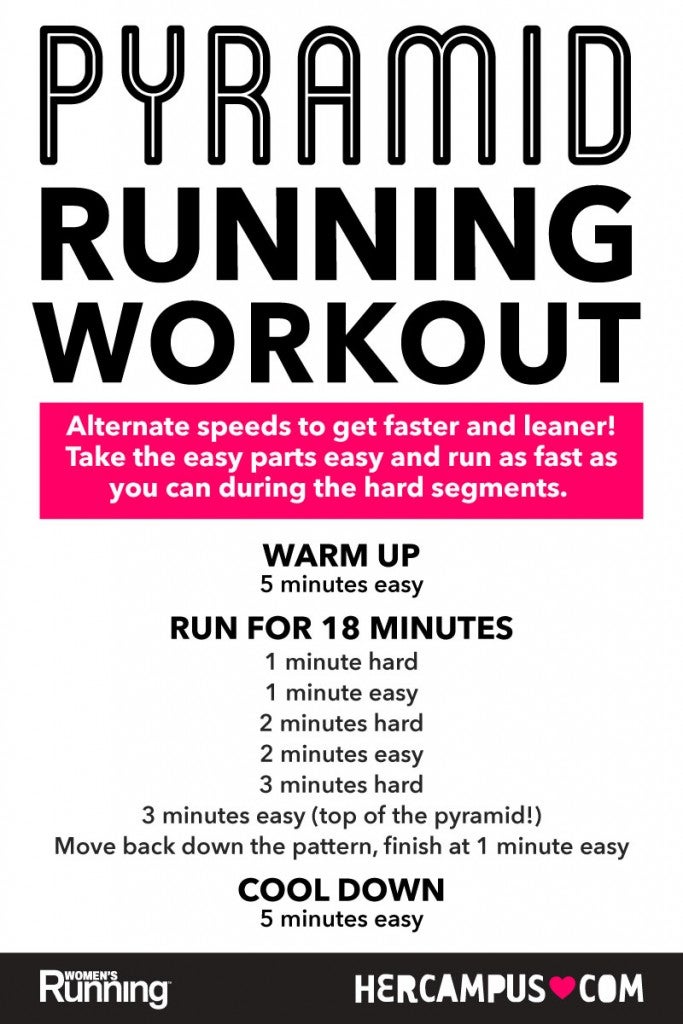Release Your Prospective: Running Strategy Essentials for Peak Performance
Release Your Prospective: Running Strategy Essentials for Peak Performance
Blog Article
The Ultimate Guide to Managing Discomfort When Running
Whether you are a seasoned marathoner or just beginning your running journey, understanding the various kinds of pain that can occur and the methods to resolve them is essential. From pre-run warm-up regimens to correct footwear choice, there are numerous aspects to consider when it comes to dealing with pain while running.
:max_bytes(150000):strip_icc()/running-longer-or-faster-31e97070bda14ffc8afdea52094504c7.jpg)
Comprehending Various Sorts Of Running Discomfort
When running, it is vital to compare various sorts of pain to stop injuries and optimize performance (Read More). One typical type of pain that runners might experience is muscle mass pain, which normally occurs from the stress placed on muscular tissues throughout workout. This type of discomfort is commonly a regular part of the running process and can be handled through proper warm-up, cool-down, and extending routines
Another kind of pain to be familiar with is joint pain. Joint pain can indicate problems such as overuse, inappropriate kind, or underlying conditions like arthritis. Overlooking joint discomfort can lead to a lot more serious injuries, so it is vital to resolve any type of pain promptly and perhaps look for expert advice.
In addition, sharp or stabbing pains ought to not be disregarded. These kinds of pain can signify acute injuries such as strains, strains, or tension fractures - running strategy. Proceeding to run through these kinds of pain can intensify the injury and extend recovery time

Pre-Run Workout and Extending Routine
To prepare the body for a running session, executing an efficient pre-run warm-up and stretching regular is important. A correct workout helps raise blood flow to the muscular tissues, improves flexibility, and decreases the risk of injury during the run. Begin with dynamic stretches like leg swings, arm circles, and high knees to slowly raise your heart price and relax the muscular tissues. Dynamic stretching aids simulate the motions you'll be doing while running, preparing your body for the task ahead. Follow this with static stretches concentrating on significant muscular tissue teams such as the hamstrings, quadriceps, calves, and glutes. Hold each stretch for about 15-30 secs without jumping to promote muscular tissue relaxation and adaptability. Bear in mind to pay attention to your body and change the strength of your warm-up based on your physical fitness level and any type of pre-existing problems. By incorporating a consistent pre-run warm-up and extending regular into your running program, you can optimize efficiency and decrease the danger of discomfort or injury.
Proper Shoes Choice and Fit
When selecting running footwear, it is necessary to take into consideration elements such as foot type, running stride, arch assistance, padding, and footwear dimension. Going to a specialty running shop for a stride evaluation and specialist fitting can help make sure that you pick the right shoes for your individual Going Here requirements. Investing in high-grade shoes that is ideal for your running design and foot makeup is a positive step towards stopping pain and injuries during your runs.
Nutrition and Hydration Tips for Discomfort Prevention

Hydration is equally crucial for joggers to stay clear of cramps, dehydration, and other pains that can bring about discomfort throughout running. It is suggested to drink an ample quantity of water throughout the day and particularly in the past, during, and after running sessions. Electrolyte-rich drinks or sporting activities drinks can additionally be valuable for replenishing lost minerals and keeping proper liquid equilibrium. running strategy (Read More). By prioritizing nutrition and hydration, joggers can enhance their efficiency, minimize discomfort, and delight in an extra comfortable running experience.
Post-Run Recovery Techniques to Alleviate Discomfort
Carrying out efficient recuperation techniques is necessary for alleviating pain and advertising muscle mass recovery after running sessions. One crucial post-run recovery technique is stretching. Incorporating fixed stretches for significant muscle mass groups can help decrease muscle stress and discomfort. Foam rolling is one more beneficial practice to launch muscular tissue tightness and enhance blood flow to the muscle mass, aiding in quicker recovery. Additionally, icing aching locations for 15-20 minutes can help in reducing swelling and numb discomfort post-run.
Moistening properly post-run is critical for restoring liquids shed during workout and helping in muscle mass recuperation. Consuming a well balanced treat or dish that includes healthy protein and carbohydrates within 30 minutes of completing a run can assist fix muscle mass cells and replenish power stores. Furthermore, obtaining adequate rest is vital for permitting the body to fix and strengthen muscles. Incorporating energetic recovery tasks such as light walking or swimming can additionally assist promote blood circulation and decrease muscle stiffness - Read More. By integrating these post-run recuperation techniques right into your routine, you can properly handle discomfort and enhance your running efficiency.
Conclusion
In verdict, attending to different sorts of running discomfort via proper workout, extending, shoes selection, nourishment, hydration, and post-run recovery methods is essential for discomfort prevention and monitoring. By recognizing the root causes of discomfort and carrying out these techniques, joggers can lessen discomfort and prospective injuries. It is essential to prioritize total physical health and wellness to guarantee a successful and pleasurable running experience.
Report this page